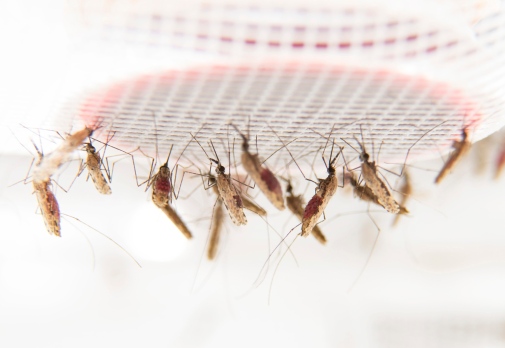
«The malaria parasite produces a molecule, HMBPP, which stimulates the human red blood cells to release more carbon dioxide and volatile compounds with an irresistible smell to malaria mosquitoes. The mosquito also eats more blood», says Ingrid Faye at Stockholm University.
Ingrid Faye and her colleagues from the Swedish University of Agricultural Sciences and KTH Royal Institute of Technology discovered that most malaria mosquitoes, were attracted by
«HMBPP is a way for the malaria parasite to hail a cab, a mosquito, and successfully transfer to the next host», Noushin Emami explains. She has worked over three years in the project and has performed a large part of the complicated practical work with the parasites and the mosquitoes at Stockholm University and at the Swedish University of Agricultural Sciences in Alnarp.
«This seems to be a
These results may be useful in combatting malaria. Today the most efficient way is to use mosquito nets and insecticides to prevent people being bitten. Resistance against the insecticides require new control methods to be developed to tackle the mosquitoes. In addition, medicines, even the drug awarded with the 2015 Nobel Prize, become progressively inefficient when the parasite becomes resistant to them and new drugs must be developed constantly. A vaccine seems far away, Ingrid Faye says. A major step forward in the fight against malaria would be to create a trap that uses the parasite’s own system for attracting malaria mosquitoes.


